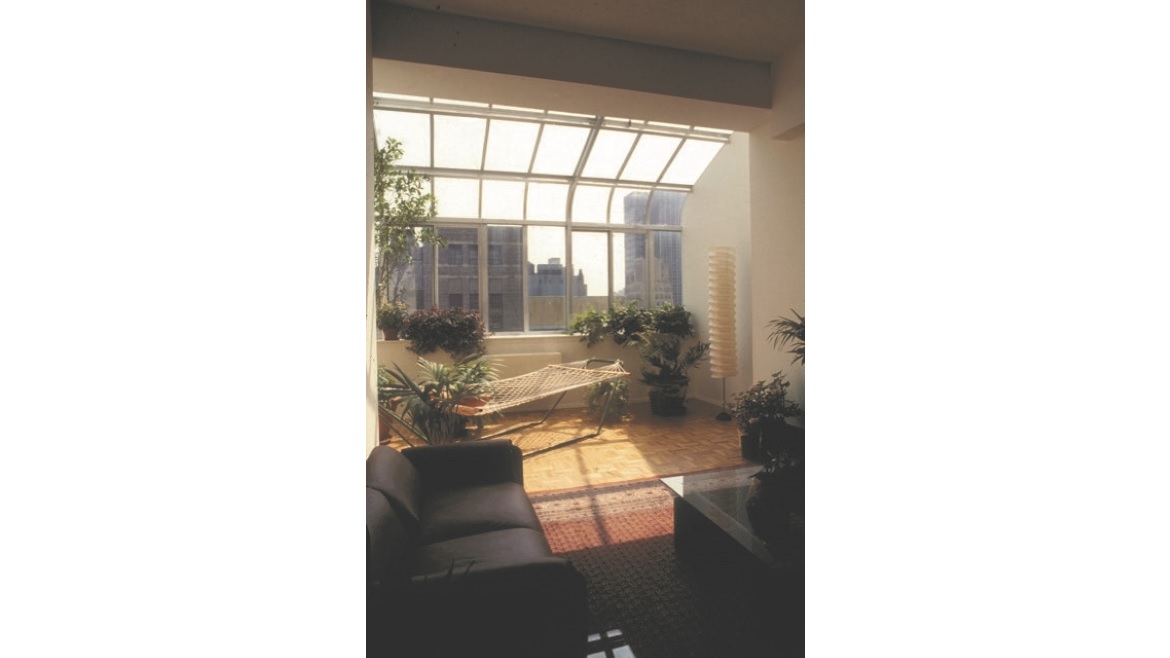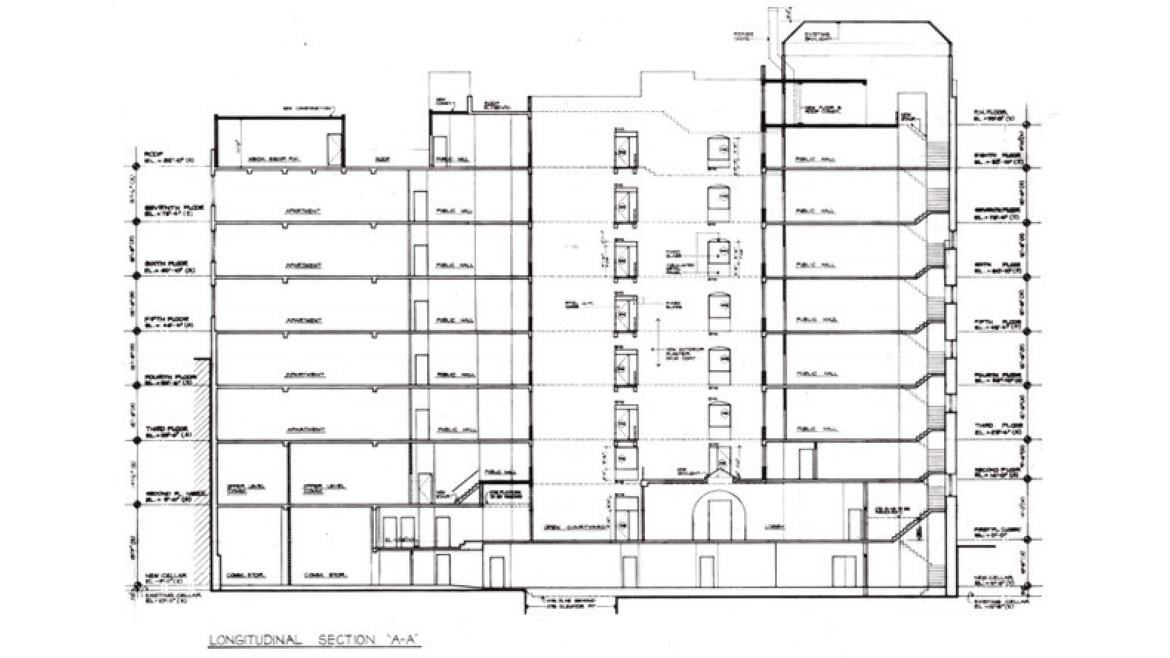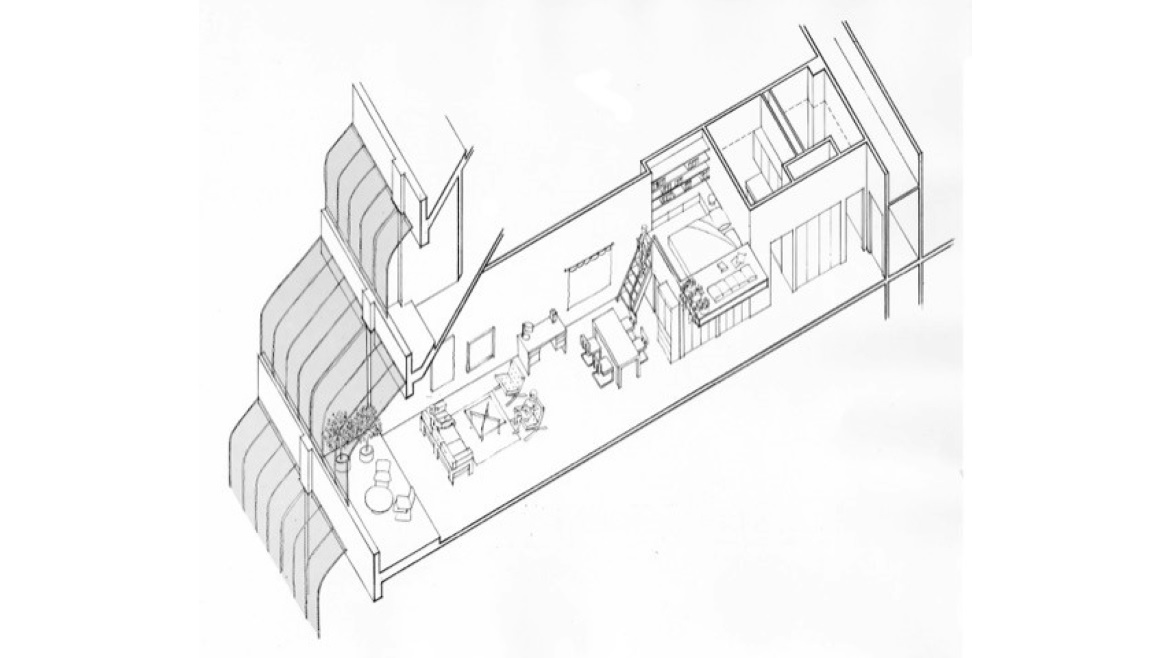A recent announcement from the office of New York City Mayor Eric Adams has pushed adaptive reuse architecture back into the spotlight — specifically the reuse of empty commercial office space as affordable and market-rate housing. According to the principals of RKTB Architects, the challenges are significant but the potential for alleviating the housing crisis is substantial.

Photo courtesy of RKTB Architects
The architects speak from deep and broad experience: RKTB made a splash as a young firm in the 1970s with pioneering designs that transformed offices, warehouses and other commercial structures into viable — even glamorous — multifamily residences. Famously, the firm converted an office high-rise on the east side of Manhattan, New York, into the now-iconic Turtle Bay Towers, known for solarium-style façade interventions that resulted in bright, sunny apartments with enviable glass-enclosed terraces.
Since then, RKTB has become synonymous with housing innovation in New York. According to design principal Carmi Bee, FAIA, and managing principal Peter Bafitis, AIA, Adams’ push to ease restrictions on office-to-residential conversions is important and timely and deserves support from state legislators in Albany, New York.

Photo courtesy of RKTB Architects
“Converting office floors and buildings to support residential uses can be complicated because apartments need a certain amount of light and ventilation to be properly habitable,” said Bafitis, who co-chairs the AIA New York Housing Committee. “But with support from the city and state governments, developers and architects can seize an opportunity to significantly increase the stock of available housing.”
The potential for adding hundreds or even thousands of units of affordable housing is especially high, according to Bafitis and Bee.
“Every office building is a unique challenge, requiring creativity and innovation to overcome the hurdles,” Bee said. “But there is always a path to a viable conversion solution.” He noted that as a general rule, the strategy is to locate living spaces along the perimeter to optimize daylight and ventilation, while utilizing the floor plate core for things like shared amenities — or even for mixed-use interventions like retail or vertical farming.

Photo courtesy of RKTB Architects
“It’s an opportunity to enhance existing neighborhoods and communities, infusing them with vitality and economic activity,” Bee said.





Report Abusive Comment